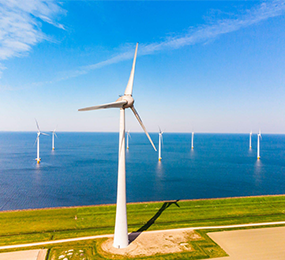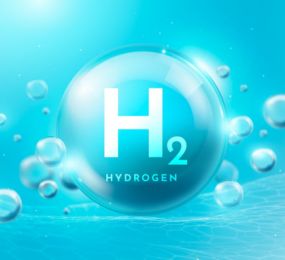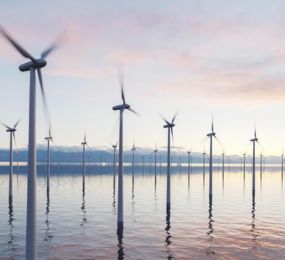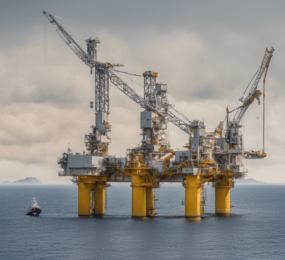The colossal turbines of offshore wind farms stand as testaments to human ingenuity in harnessing clean energy. However, ensuring their optimal performance and long-term sustainability necessitates a collaborative approach to operation and maintenance (O&M). By working together, industry leaders, researchers, and policymakers can develop and implement innovative practices that minimize environmental impact, optimize efficiency, and pave the way for a truly sustainable future for offshore wind energy.
The Power of Collaboration:
- Knowledge Sharing: Collaboration between wind farm operators, research institutions, and technology providers fosters knowledge sharing and accelerates the development and adoption of innovative O&M practices that minimize environmental impact.
- Standardization and Best Practices: Collaborative efforts can lead to the establishment of standardized O&M procedures and best practices that prioritize environmental sustainability. This ensures consistent implementation and reduces the risk of negative environmental consequences.
- Joint Research and Development: Collaboration between industry and academia can accelerate research and development efforts focused on eco-friendly materials, biodegradable lubricants, and innovative waste management solutions for offshore O&M activities.
Building a Sustainable Future:
- Environmental Impact Mitigation: Collaborative initiatives can address critical environmental concerns associated with O&M activities. This includes developing strategies to minimize noise pollution during vessel operations and turbine maintenance, and exploring solutions to reduce the risk of marine mammal collisions with turbine blades.
- Optimizing Logistics and Resource Management: By working together, stakeholders can develop strategies for optimizing logistics and resource management during O&M activities. This could involve utilizing fuel-efficient vessels, implementing waste minimization protocols, and exploring alternative energy sources to power offshore operations.
- Regulatory Frameworks and Incentives: Collaboration between industry and policymakers can lead to the development of robust regulatory frameworks that incentivize sustainable O&M practices. This could involve implementing stricter environmental regulations, offering tax breaks for companies using eco-friendly technologies, and creating funding mechanisms for research and development efforts focused on sustainable O&M solutions.
The Benefits of Collaboration:
- Reduced Environmental Footprint: Collaborative initiatives can significantly reduce the environmental footprint of offshore wind O&M activities, ensuring clean energy generation is truly sustainable.
- Improved Efficiency and Cost Reduction: Collaboration can lead to the development of more efficient O&M practices, minimizing downtime and associated costs.
- Enhanced Innovation: Collaborative efforts foster a culture of innovation, accelerating the development and adoption of novel technologies that promote environmental sustainability.
- Long-Term Sustainability for the Industry: By prioritizing sustainability, the industry can ensure its long-term viability and contribute to a cleaner and healthier planet for future generations.
The future of offshore wind energy lies in collaboration. By joining forces, industry leaders, researchers, and policymakers can create a more sustainable future for O&M practices. Through knowledge sharing, innovation, and a shared commitment to environmental responsibility, we can harness the power of offshore wind energy while safeguarding the delicate ecosystems that sustain us. This collaborative approach will propel us towards a future powered by clean energy, ensuring a brighter and more sustainable tomorrow.
To register or learn more about the Forum please check here: https://www.leadventgrp.com/events/4th-annual-offshore-wind-operations-and-maintenance-forum/details
For more information and group participation, contact us: [email protected].
















